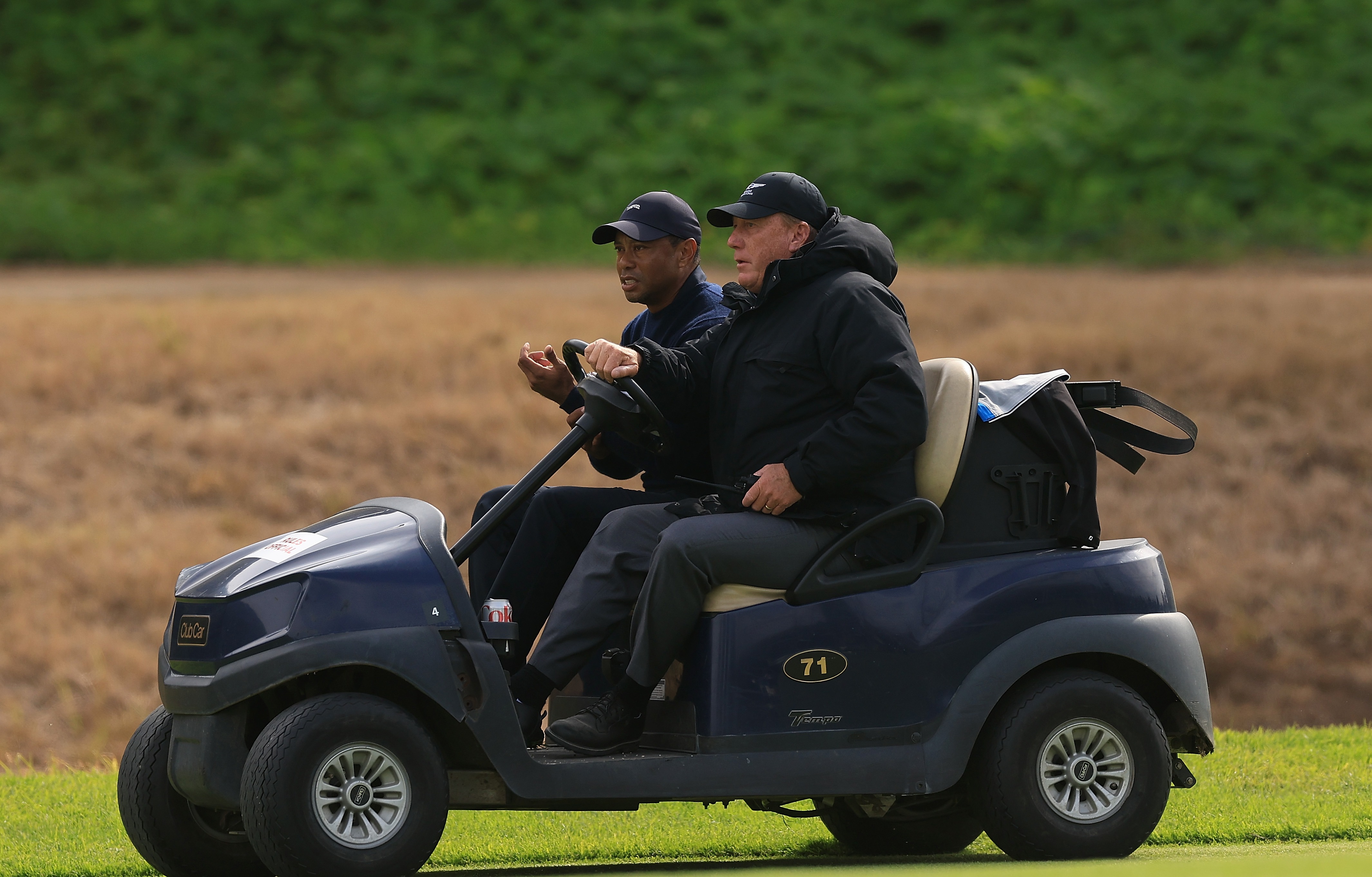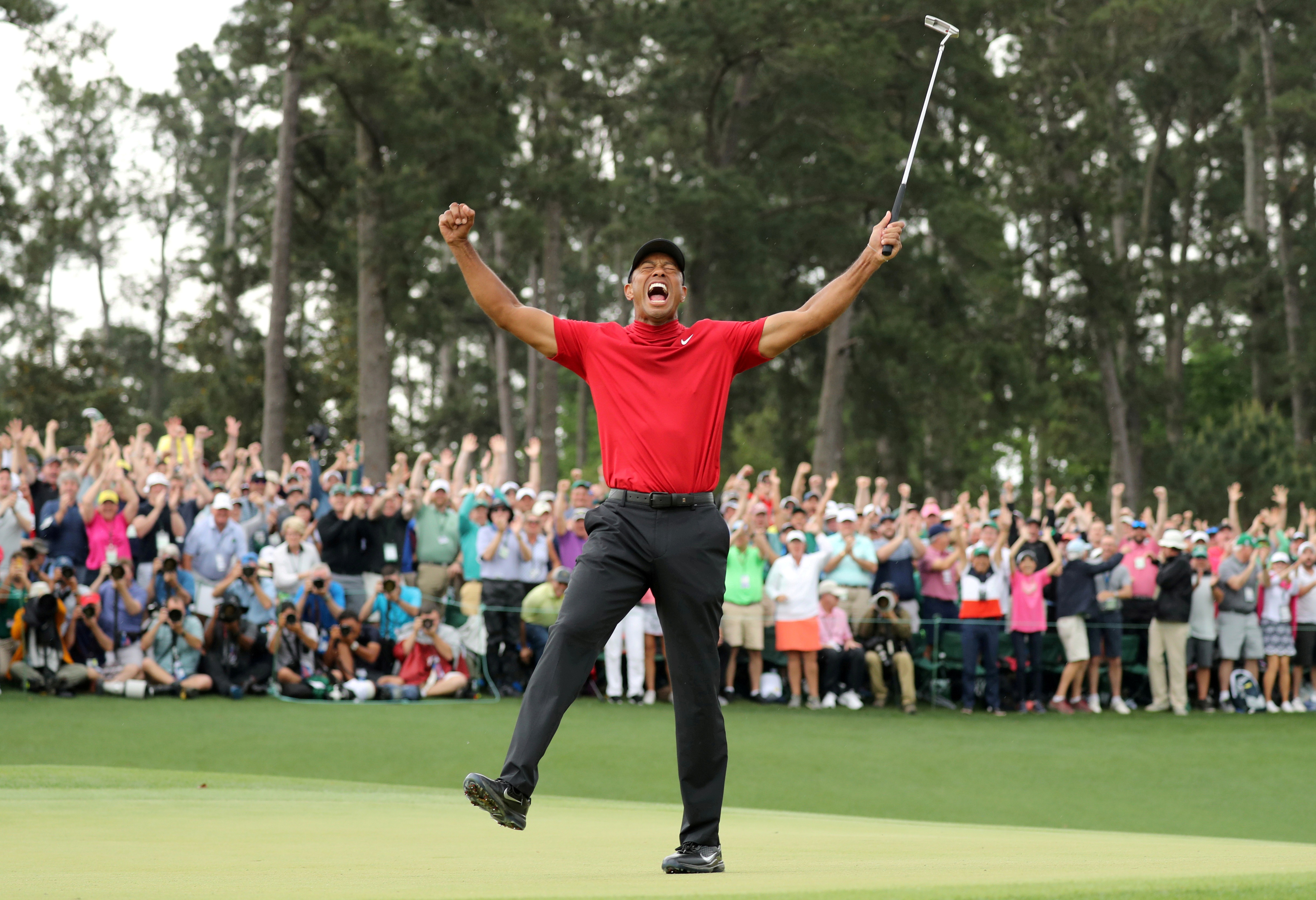Is Tiger Woods Teed Up for the Masters 2024?
As April approaches, golf fans eagerly anticipate the Masters tournament at Augusta, where top players showcase their skills on the green. A standout figure in Masters history, Tiger Woods has delivered some of the competition's most iconic moments, leaving fans eager to see if the veteran will grace the course once again.
Anticipation Over Tiger Woods' Participation
Despite battling injuries, Tiger Woods is expected to make a comeback at this year's Masters. Listed among the players participating on the official Masters website, the 15-time major champion is still recovering from ankle surgery and other recent injuries. Fans are hopeful to witness Woods' return and see if he can continue his streak of never missing the cut at the Masters.
Recent PGA Tour Appearance
After a period of focusing on rehabilitation, Tiger Woods made a return to professional golf at the Genesis Invitational in February. However, his comeback was short-lived as he had to withdraw from the tournament due to illness. Woods' last appearance on the PGA Tour was met with challenges, including an unexpected shank on the 18th hole.
Tiger Woods' Masters Legacy
With an impressive record of five Masters tournament wins, Tiger Woods has solidified his place in golf history. Only surpassed by Jack Nicklaus, who holds six Green Jackets, Woods' victories span from his dominant 1997 win to his remarkable comeback triumph in 2019.

Frequently Asked Questions
Do professional golfers adhere to a strict diet during their training?
The diet is an important part of pro golfers’ training, as it affects energy levels, recovery and overall health. Nutritionists help golfers develop meal plans that are tailored to meet their needs. These plans usually include balanced portions of carbs, proteins, fats and other nutrients to help fuel long practice and playing days while maintaining optimal weight. Hydration strategies are also integral, as staying adequately hydrated is essential for focus and physical conditioning.
What is the significance of course management to pro golfer’s training?
The course management aspect of golf training is essential for all pro players. It extends far beyond the swing technique and athleticism. It is about making strategic decisions that are based on various risk-reward scenario’s. During training, a golfer learns to assess factors such as wind conditions, course topography, hazards, and pin placements. Golfers who work with an expert caddy can create game plans to maximize their strengths and minimize their weaknesses.
How do weather conditions affect a pro golfer’s training?
Weather conditions can significantly impact a pro golfer’s training routine. Adverse weather can force indoor practice with simulators and indoor facilities. Professional golfers are also proactive in their use of varied weather conditions. They prepare themselves for various conditions that they may encounter in tournaments by practicing with wind, rain, and different temperatures. They can adjust their gear and shot strategy to fit the environment.
What role does technology have in the training of a professional golfer?
The modern golfer’s arsenal is replete with technology. Advancements such as high-speed cameras provide slow-motion analysis of the swing, while launch monitors give detailed feedback on ball speed, launch angle, spin rates, and more. These data are used by coaches and golfers to make informed changes to equipment and swing mechanics. Wearable fitness monitors track physiological data for tailoring fitness programs. Virtual reality and simulators can provide immersive practice environments when the weather is not ideal.
What are some of the common injuries golfers experience and how do you prevent them?
Common injuries amongst professional golfers include back pain, wrist injuries, tendinitis, and shoulder issues. Prevention strategies are a key component of their training programs, entailing regular fitness exercises focused on strengthening the muscles used in golf and increasing flexibility. Swing analysis helps golfers ensure that their technique doesn’t put too much stress on the body. Warm-up exercises, good nutrition, and consultations with physical therapists can all help prevent injury.
Statistics
- Nearly 80% of professional golfers engage in regular physical fitness programs designed specifically for golf.
- On average, professional golfers dedicate 30 to 40 hours per week practicing various aspects of their game.
- Rest days are included in 100% of the training schedules of top professional golfers to prevent burnout and injury.
- Up to 90% of professional golfers incorporate some form of cross-training into their fitness regimen.
- Statistical data indicates that around 50% of pro golfers have experienced a golf-related injury due to overtraining.
- Technology such as launch monitors are used by 85% of professional golfers in their training routines.
- It is estimated that back pain affects up to 34% of pro golfers, making it one of the most common injuries in golf.
- Approximately 65% of a pro golfer’s training time is allocated to short game practice, including putting and chipping.
External Links
pga.com
mytpi.com
golftips.golfweek.usatoday.com
18strong.com
golfsimulatorguys.com
golfchannel.com
sciencedirect.com
tpi.com
How To
How to Avoid Common Golf Injuries Through Training
Professional golfers need to integrate injury prevention practices into their routines in order to avoid common injuries. It is important to warm up properly for practice and games, maintain good physical condition, and focus on technique in order to reduce strain. Regular strength and flexible training can help to prevent muscle imbalances as well as overuse injuries. It is important to pay attention to the signals of your body, and to allow enough time for recovery.
Did you miss our previous article…
https://www.sportingexcitement.com/golf/tyrrell-hattons-x-rated-golf-meltdown-goes-viral/

